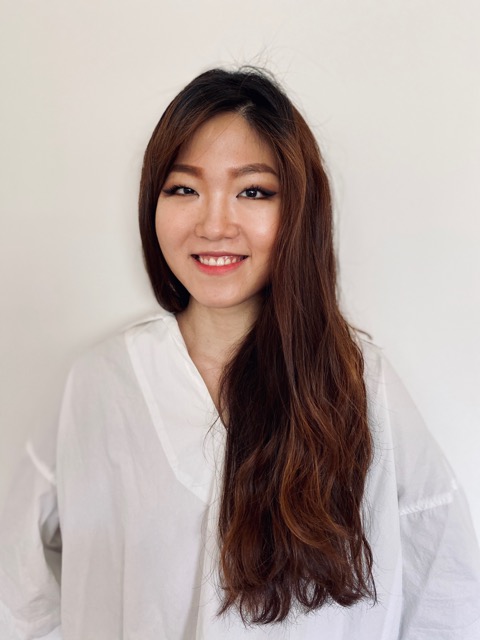
The creators of the Amazon distributed/Dreamworks Animation Television The Adventures of Rocky and Bullwinkle understand the need for simplicity in comedy/adventure stories. Marco Schnabel (known for his work on the Oscar nominated film The Spy Who Shagged Me) and David P. Smith (of the Oscar nominated film Shark Tale) conceived of this remake of the classic Rock and Bullwinkle and Friends as requiring a look that was updated yet not technologically on the forefront of 3D animation. A substantial part of the charm which this current iteration of “moose and squirrel” is the understated cleanliness of its aesthetic. This encompasses everything from the characters themselves to the entirety of their surroundings. Animator Soyeon Yoo was enlisted by the production’s Art Director [Primetime Emmy Nominee Chris Mitchell] whom had long been an admirer of her work. While she concedes that this was her first ever 2D animation production, the exceptional nature of her work is obvious from a single viewing of this classic animation show which has found a new generation of enthusiastic fans through the streaming network Amazon.
While still instantly recognizable from the original production, this updated iteration of Rocky and Bullwinkle has a noticeable deviation. A highly modern graphic centered approach rather than the traditional hand drawn formula, the over-stylized flatly drawn characters and simplified backgrounds of this version have much more in common with modern art and illustration than the 1959 original. This clean look creates increased attention on every element presented on screen. Soyeon devotes a substantial amount of attention to the props which she creates for the series. These designs have become a signature component of this animated production due to their unique appearance. While props can be procured for live action films, animation requires a specific design. This process is not as simple as establishing one look in Photoshop which adheres to the Art Director’s colorscript and the animatic (a preliminary version of a final look of animation, produced by shooting successive sections of a storyboard with a soundtrack). Soyeon illuminates, “If different views are needed, I’ll design different views or different versions for the props depending on what happens in the story. For example, I needed to design three different moving obstacles like a dragon, dinosaurs, and a gorilla for a mini golf sequence. Because they attack one of the main characters and were shattered, I had to design three different versions; two different poses for them moving and a shattered version for each prop.” There’s a great deal of creativity in her prop designs, as displayed in the “Squirrel dorado” episode in which acorn cars, acorn ice cream, acorn feast plates, and acorn spritzers communicate the aptitude of the squirrel village to create everything they need out of these nuts. In addition to these props, Soyeon’s work ventures into special effects like explosions, laser beams, and the like. There’s a great deal of artistic skill and psychology in this process, finding the perfect balance of aggressiveness without being too frightening for younger viewers.
She has received a great deal of attention for her work but Soyeon notes that she wasn’t the expert 2D animator she now is when she first started her work on The Adventures of Rocky and Bullwinkle. Though her resume includes impressive animated productions, like Disney’s Daytime Emmy Award Nominee Duck Tales, the style of The Adventures of Rocky and Bullwinkle necessitated her recalibrating her artistic perception. She informs, “Getting used to this graphic style of the show was the most difficult part but also the most rewarding when I began to understand how to make the best design choices for this show’s style.The challenge is understanding the language of shapes. This isn’t a sedentary role either. Each arc of the stories can have a different theme for the opening titles. In designing props for the opening titles, these need to be designed and rendered to distinguish styles depending on what kind of theme and how the background and characters look. Sometimes props from the episodes and opening titles had to be rendered differently depending on the art director’s directions.” With so many animated productions these days, the demands of originality are massive; legal departments at every studio scrutinize this work to ensure as much. Soyeon Yoo’s work speaks to her exceptional ability to bring original designs to support the storylines but she notes, “You have to always be mindful of your work and the influences that we all have from iconic productions. I remember for one episode, I did several passes like changing shapes and colors for alien planets in the opening title sequence and I really had to work hard to not make it too similar to the Death star from Star Wars.”
Writer: Cecil McCoy


Be the first to comment on "Animator Soyeon Yoo’s Detailed Contributions to the Aesthetic of a Cartoon Classic"